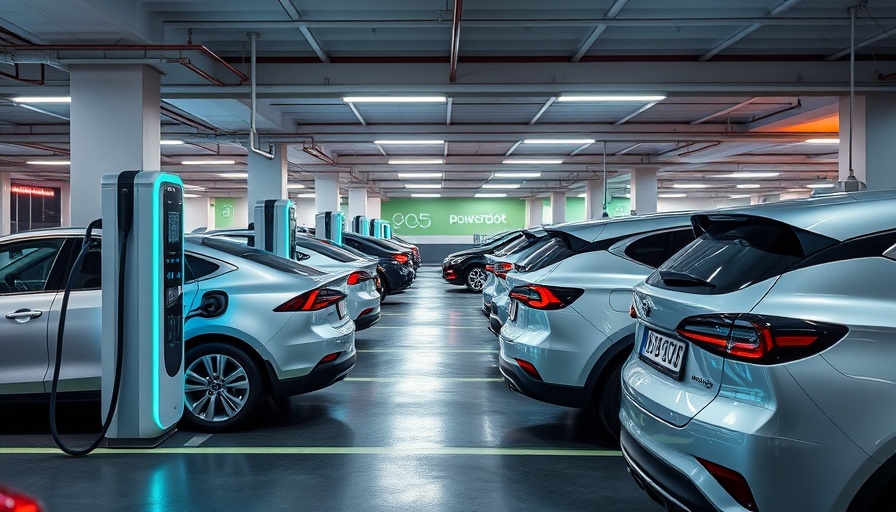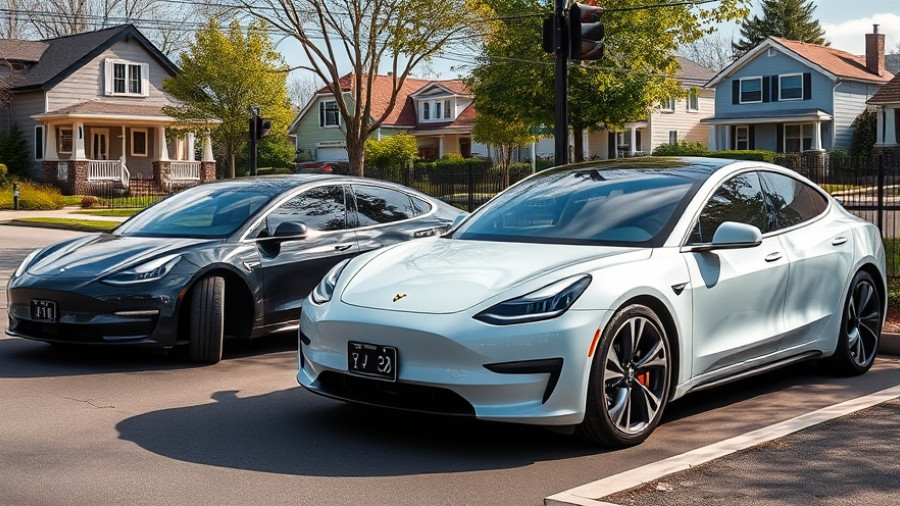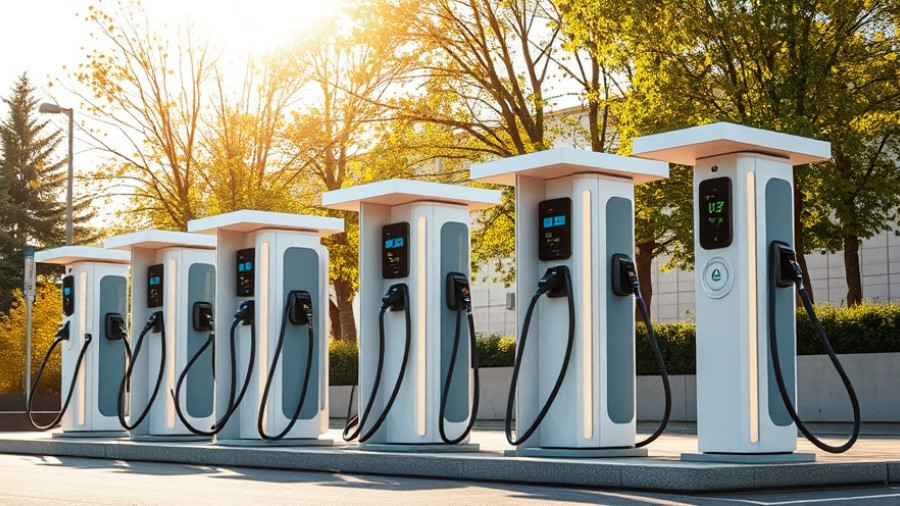
UTA Edenred Expands Green Energy Solutions with New Charging Network
In a significant move for electric mobility across Europe, UTA Edenred is expanding its public charging network by adding 8,000 new Powerdot charging stations in key markets including France, Spain, Belgium, and Poland. This bold step aligns with the firm’s mission to provide seamless, accessible, and practical electric vehicle (EV) charging solutions, targeting high-traffic locations near supermarkets, restaurants, hotels, and shopping malls.
Optimizing EV Charging with Advanced Technology
These newly installed Powerdot charging stations will feature various plug types, including CCS, Type2, and CHAdeMO, and are engineered for fast charging capabilities of up to 200kW. This development is particularly important as many consumers shift towards electric and hybrid vehicles, seeking convenience and reliability in charging infrastructure.
Enhancing User Experience with Digital Innovations
The UTA eCharge smartphone application plays a crucial role in this expansion. Not only does it allow users to locate charging stations easily, it also functions as a secondary payment method, enhancing the customer experience. This user-friendly technology aligns with the growing trend of digitization in the transportation sector, supporting EV drivers in their daily routines.
Powerdot’s Role in the Future of EV Infrastructure
Powerdot’s CEO, Luis Santiago Pinto, emphasizes their commitment to making electric mobility more practical. This partnership with UTA Edenred exemplifies a shared vision to enhance the charging landscape significantly, making electric vehicle ownership more appealing and practical to a broader audience.
Strategic Growth in Electric Charging Networks
Last year, Powerdot secured €100 million in funding aimed at expanding its European presence. This financial boost underpins the company’s innovative strategy in the green energy sector. Already established in several European countries, the expansion of Powerdot’s network creates more opportunities for EV users, thereby promoting a sustainable transportation ecosystem.
Looking Ahead: Future Trends in Electric Mobility
As electric vehicle adoption accelerates, infrastructure developments like UTA Edenred’s partnership with Powerdot reflect a crucial pivot towards comprehensive EV solutions. Experts project that the demand for efficient and widespread charging solutions will increase significantly in the coming years. Owning an electric vehicle will not only become more feasible but also more appealing, owing to the robust charging networks. This transition encourages more businesses and homeowners to consider investing in green energy solutions.
Conclusion: The Importance of Adopting Electric Mobility
The expansion of the UTA eCharge network is a robust step toward ensuring that electric vehicle owners find charging options accessible and convenient. For homeowners and businesses considering solar-powered EV chargers, this development reinforces the feasibility of integrating green solutions into daily operations. Embracing electric mobility is not just beneficial for the environment, but it also presents an opportunity for cost savings and enhanced energy independence.
 Add Row
Add Row  Add
Add 



Write A Comment